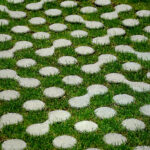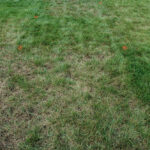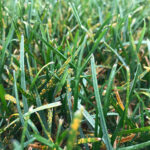
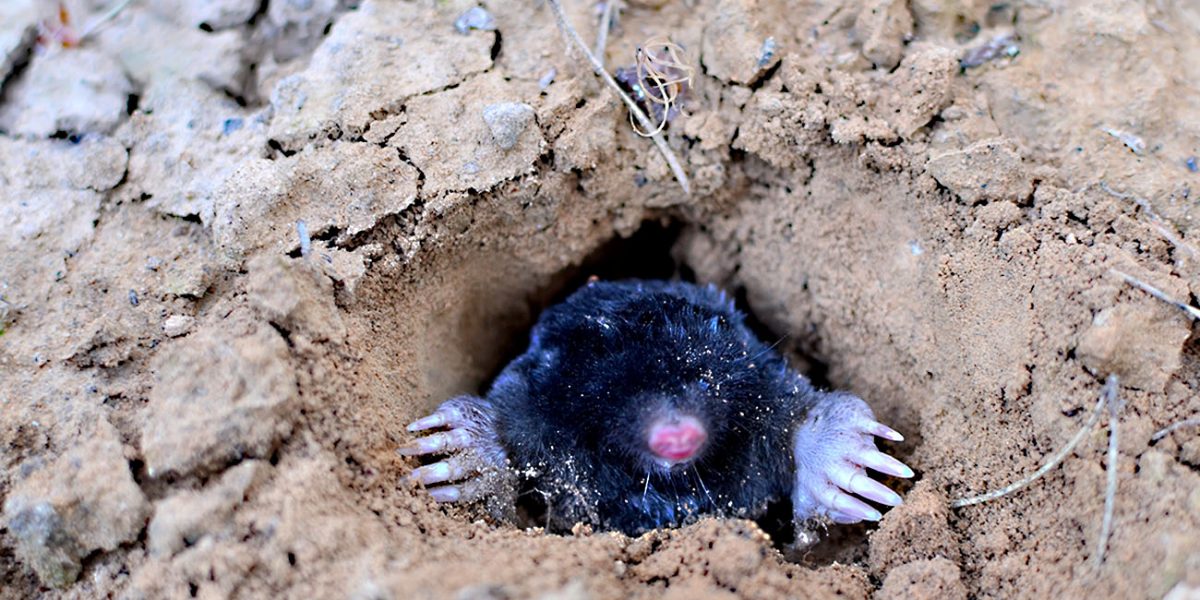
What works and doesn’t work against moles
In the spring, after the snow melts sometimes we discover the signs of mole activity.
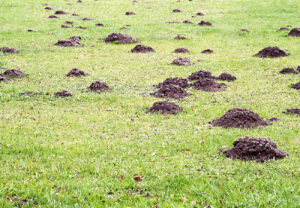
Let’s eliminate the one suburban legend: Just because you have moles doesn’t mean you have grubs and eliminating grubs will not eliminate moles. Moles are insectivores; they eat insects, worms and other invertebrates. Notice they eat other delicacies besides just insects; grubs are just a portion of their diet. Now if you have grubs and they are slowly decimating your turf, you probably want to control them, but don’t go applying insecticides simply thinking you’ll get rid of the moles.
We explore a few methods used and their effectivity:
Good results
Direct trapping can be very effective, but requires some stealth in identifying active tunnels and setting the traps properly. This is definitely the option for those with revenge on their mind. By trapping, we don’t mean a catch and release program.
Poison baits, such as Talpirid, have been proven through actual research as being effective in controlling moles. Talpirid looks just like an earthworm or a grub, enticing the mole with one of it’s favorite snacks. If you have pets that enjoy digging, poison baits should be used with extreme caution to avoid accidental poisoning.
Mixed or bad results
Castor oil-based products are widely available and some success stories have emerged from these products, but results can be inconsistent.
Mothballs or moth flakes placed in the tunnel isn’t effective or inconsistent.
Planting a barrier of plants that are toxic such as castor beans, marigold, or Fritillaria, there’s no research to support claims.
Vibration devices skip vibration into the ground to discourage moles, it’s ineffective, however, it can be very decorative.
Smoke cartridges, reminds me of the gopher in Caddy Shack, it’s not effective. May be a wicked special effect though!
Poison peanuts, from what I’ve read, peanuts are not a normal part of a mole’s diet and therefore, this is probably not effective.
Home remedies such as chewing gum, razor blades, glass, hair etc., are not effective and can be dangerous to you or pets.
Kevin Frank
![]()
Michigan State University Extension
Department of Crop and Soil Sciences




